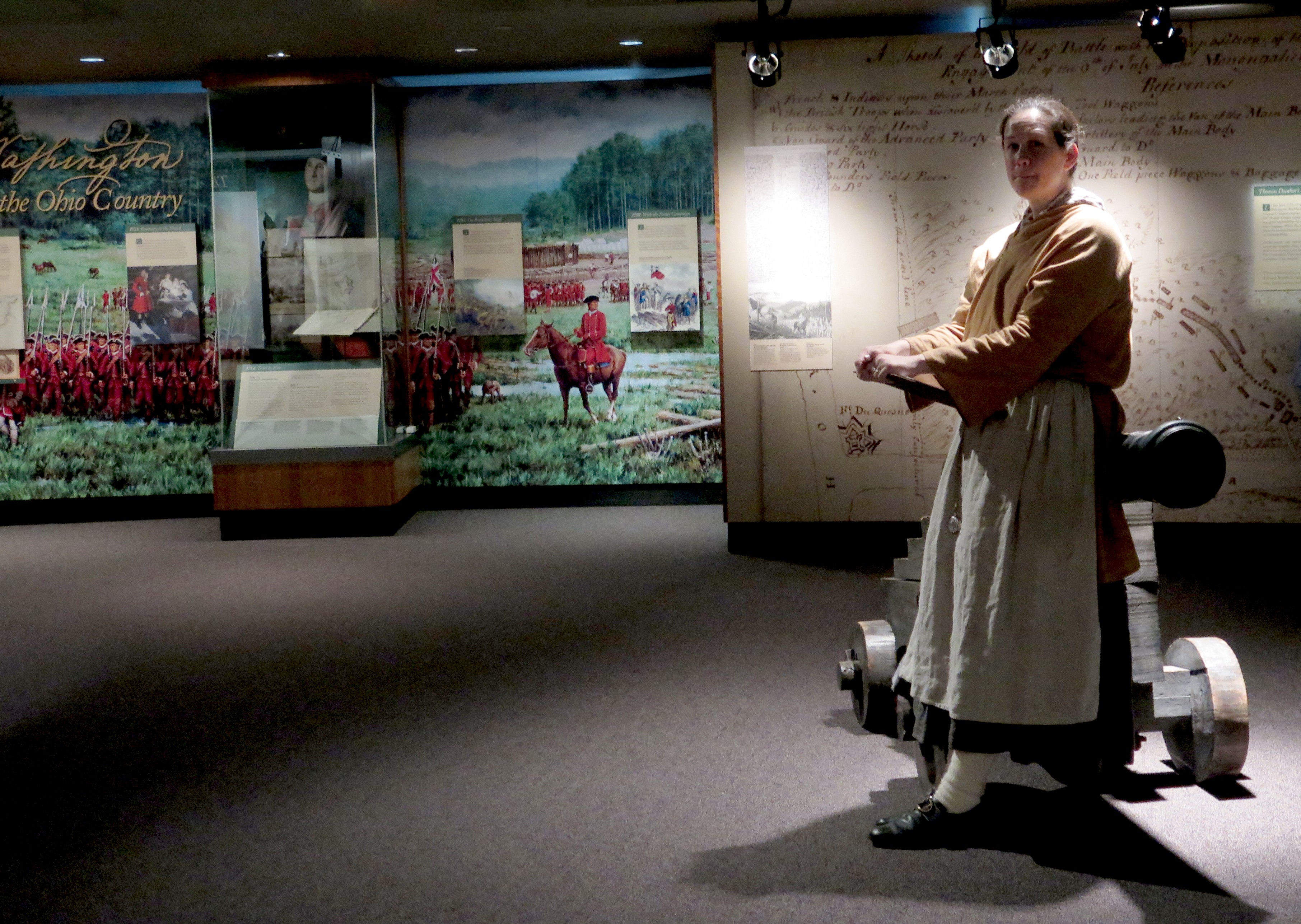
by Karen Rubin, Travel Features Syndicate, goingplacesfarandnear.com
(I have come to Pittsburgh to join the Rails-to-Trails Conservancy’s Sojourn three-day, 120-mile bike tour on the Great Allegheny Passage. I only have one full day in the city, so I set out on a walking tour aimed at focusing on what is uniquely Pittsburgh’s heritage. In the first part of the series, I experienced the Monongahela Incline, Mount Washington, Grandview Avenue, and the Duquesne Incline. I continue my walking tour at Point State Park.)

What a jewel Pittsburgh’s Point State Park is, literally at the confluence of three rivers: the Monongahela River at one side and where the Allegheny and Ohio Rivers meet on the other. Its location made it critical to control over this territory and later, the industrial and economic development of the nation.
The Point offers beautiful park land as well as some of Pittsburgh’s most significant heritage sites.
You first come upon the Fort Pitt Blockhouse, built in 1764, the oldest building in Pittsburgh and the only remaining structure from colonial times. Inside this small, dark space, it gives you a glimpse of western Pennsylvania’s role during the French & Indian War and the American Revolution (admission is free).
What proves to be the highlight of my visit to Pittsburgh is the Fort Pitt Museum (the newest member of the Senator John Heinz History Center, in association with the Smithsonian Institution), a modern, two-story, 12,000 square foot museum built on the site of Fort Pitt.
“From 1754 to today, Fort Pitt has shaped the course of American and world history as the birthplace of Pittsburgh.
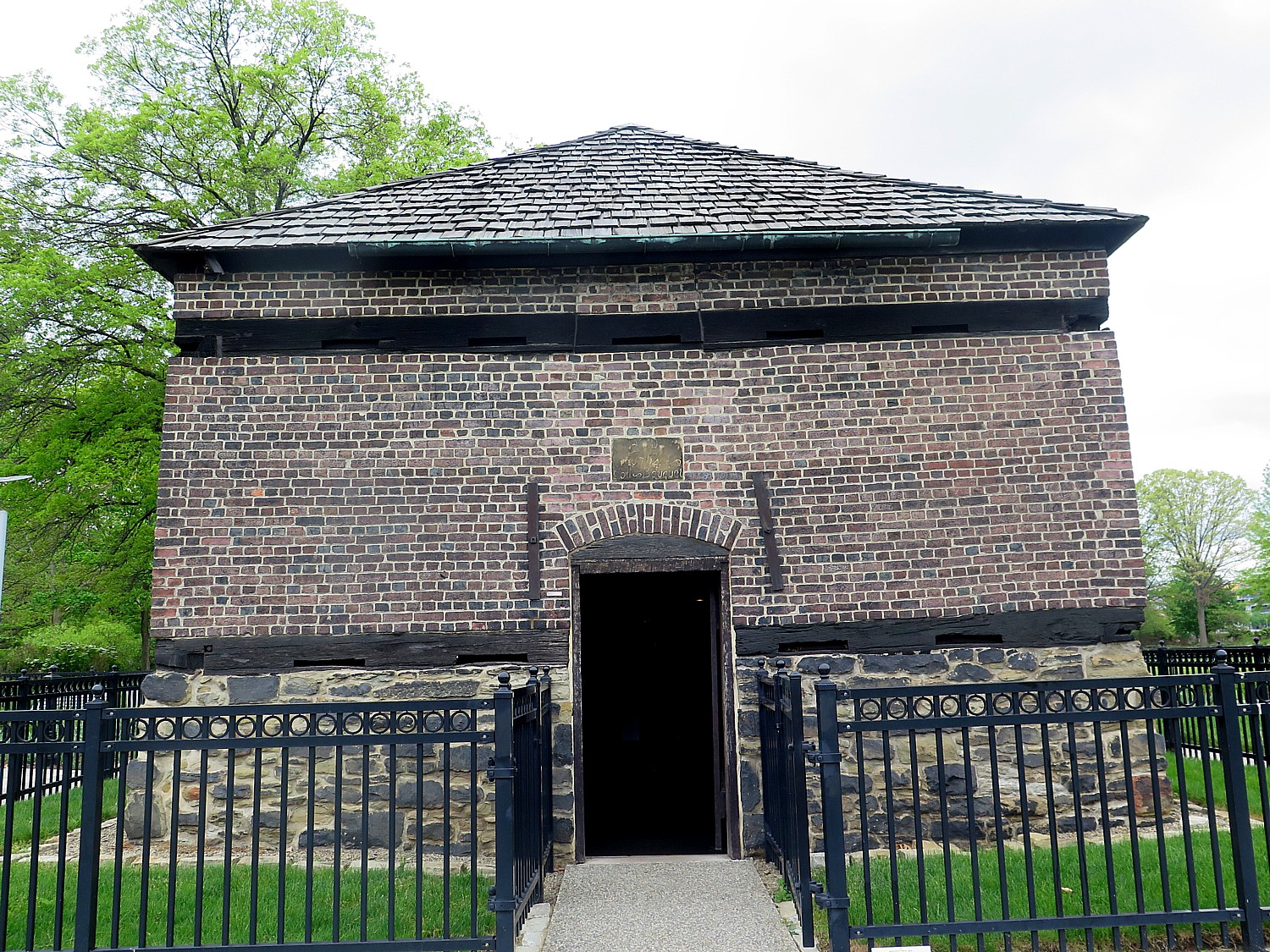
The presentations are absolutely thrilling in conveying how at a critical point in the settlement of the New World, this point was the epicenter of world-changing events.
The museum tells the story of Western Pennsylvania’s pivotal role during the French & Indian War, the American Revolution, and as the birthplace of Pittsburgh (William Pitt never actually visited). It offers extremely well crafted interactive exhibits, life-like historical figures, rare artifacts that let you come away with a new appreciation for the strategic role the region played.
Known as The Point, this was once one of the most strategic areas in North America, controlling access to Ohio and Mississippi Rivers and much of interior of North America; it was the intersection of cultural exchange with native people, and a departure point for settlers moving west.
I appreciated the balance in the presentations between points of view – the colonists (actually split between the British and the French) and the Indian tribes. There is a sensational video that presents the different perspectives (the Indians still come up short) – the different perspectives that the British and French brought, and the Indians whose culture did not acknowledge that a person could own land, but by this point, the Indian tribes had already had already become dependent economically on imported European goods.
British and French clashed for control of the New World colonies constantly from 1689-1748: The French, most interested in trade, saw the Ohio River as a way to connect Canada and Louisiana and leverage their relations with Indians. The British, determined to control territory, also realized the strategic importance of this artery, “the Keystone of the Frontier.”
This becomes clear in a superbly produced video, “Whose Land?”: “The French couldn’t stand the British and the British wouldn’t rest until they owned [the territory].” Native Americans, were fully aware that they could not allow the Europeans to control the land, but they were caught in the middle – by this point, Indians were dependent upon trading for manufactured goods.
“The Indians negotiated with weight and authority. They had a powerful confederacy
Iroquois – Seneca, Cayuga, Mohawk, Oneida. They had sophisticated government, freedom, a rich culture, complex trading relations. Agriculture was central but they did not have private ownership. They took a cue from nature. They enjoyed trade – and were heavily dependent on some European goods, and even took up the European religion, but kept their own ways.”
“God created all people but different,” an Indian chief said in 1742.
With French dominion on one side of the river and English on the other, where does the Indian claim lie?
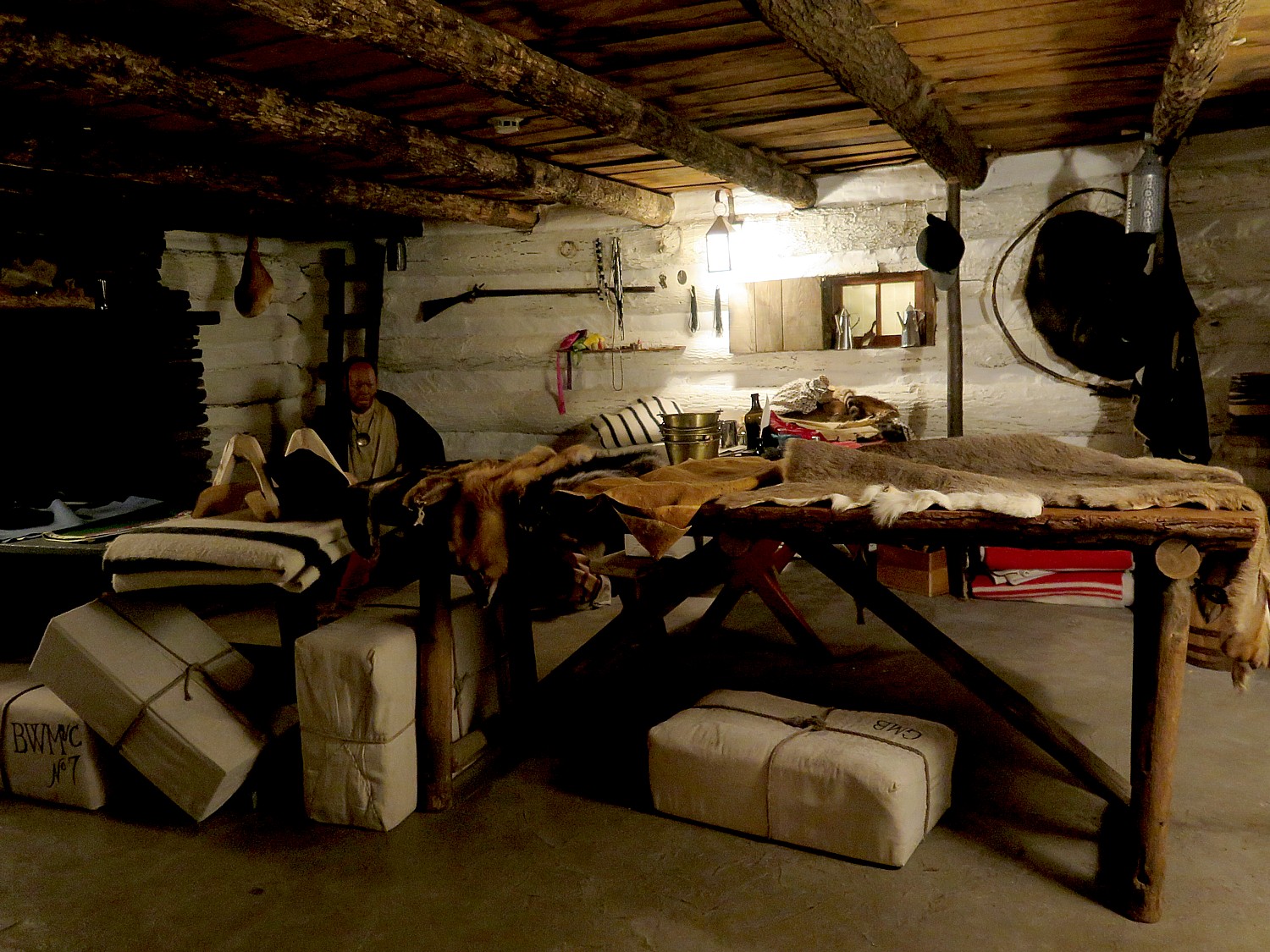
George Washington, a 21-year old major in 1753 with experience as a surveyor, was given a mission to explore to Fort LeBoeuf and recommended the site for Fort Prince George.
Washington “had no diplomatic experience, and couldn’t speak French yet he was selected to bring message to French. He was selected because of his close connection with Ohio corporations and other Virginian land speculators in land. He knew ‘the West’.”
In 1754, Fort Duquesne (which was renamed Fort Pitt when the British took over), was the largest French military installation in Ohio, and evicted the Virginians.
William Pitt, for which the fort is named, never came to the colonies. The city originally was called “Pittsboro”. The Fort – perhaps because it was so foreboding, was attacked only once, during Pontiac’s War of 1763.
Its location made Pittsburgh a boom town. The Ohio River carried 18,000 settlers through in 1788. The population of Pittsburgh, just 150 in 1780, grew to 4,800 by 1810, making it the third largest in Pennsylvania after Philadelphia and Lancaster.
Its economy developed from coal mining, glass making, and boat building, fueling the nation’s industrial and physical expansion. The city was incorporated in 1816.

When I visit the museum, there are a number of school groups coming through. The school kids are sent out in teams on a scavenger hunt by a docent in period dress. What surprises the kids the most? That the Indians were not as primitive as they expected, she tells me. Indeed, many are pictured wearing European-style clothes and served in the military. By this point, the Indians were part of the world economy – the Indians traded their furs for items from as far away as China; the European traders were like Walmart to them. For the first time, I understand why the Indians did not kick the Europeans out when it was clear they were setting up outposts.
As I explore the exhibits, I learn of what may have been the first incidence of germ warfare: in 1763, an Indian trader, on orders from Ft. Pitt, is alleged to have given Indians two blankets and a handkerchief from the fort’s smallpox hospital.
I am most excited when I am introduced to an idea or a topic that I knew nothing about before, , that makes you really think.
‘Captured by Indians’
That experience happened at the Fort Pitt Museum, which happened to be presenting a fascinating exhibit, “Captured by Indians,” about European (white) colonists who were kidnapped by Indian tribes. The exhibit did not disguise the brutality, but most fascinating is that the individuals (who often were young when they were taken captive), particularly women, once they survived the arduous journey and a literal gauntlet (to weed out the weak), were adopted into the tribe, treated as equals, and generally had a better life than the colonial settlements they came from, especially if they were indentured servants or slaves or women, to the extent that when they had the chance to be “freed” and be returned to their community – such as in a hostage exchange – they would refuse and even escape back to the tribe.
The presentation, the artifacts and the connection to people living today, descendants of those people, was utterly fascinating.
“During the turbulent decades of the mid-18th century, thousands of European and African settlers were captured by American Indians whose dwindling numbers forced them to adopt non-Indians in an effort to survive. The subsequent experience of captivity and adoption forever altered both the captives and their captors as identities shifted, allegiances were tested, and once-rigid lines between cultures became forever blurred.”
The exhibit draws upon documentary evidence gleaned from 18th and early 19th century primary sources, dozens of rare artifacts, and a wide array of imagery, to examine the practice of captivity from its prehistoric roots to its impact on modern American Indians and other ethnicities.
The exhibit notes that the many of the wave of European settlers who came in the 18th century sold their freedom to come as indentured servants. Most who came were poor. The borderlands were already bitterly contested by rival Europeans and native tribes. These settlers were viewed by colonial legislators as buffers against the Indians.
The captives taken in brutal raids, massacres and abductions were mainly of young who were physically fit and could assimilate and women who would be married off and bear children. They would size people up in a raid, and decide who to take.
The exhibit tells the story through the experiences of real-life captives, and in stunning displays including three life-like vignettes that portray John Brickell, a local boy captured just a few miles from Fort Pitt at age 10; Massy Harbison, who heroically saved the life of her child after escaping from her captors; and the Kincade family, who were reunited on the Bouquet Expedition in 1764.
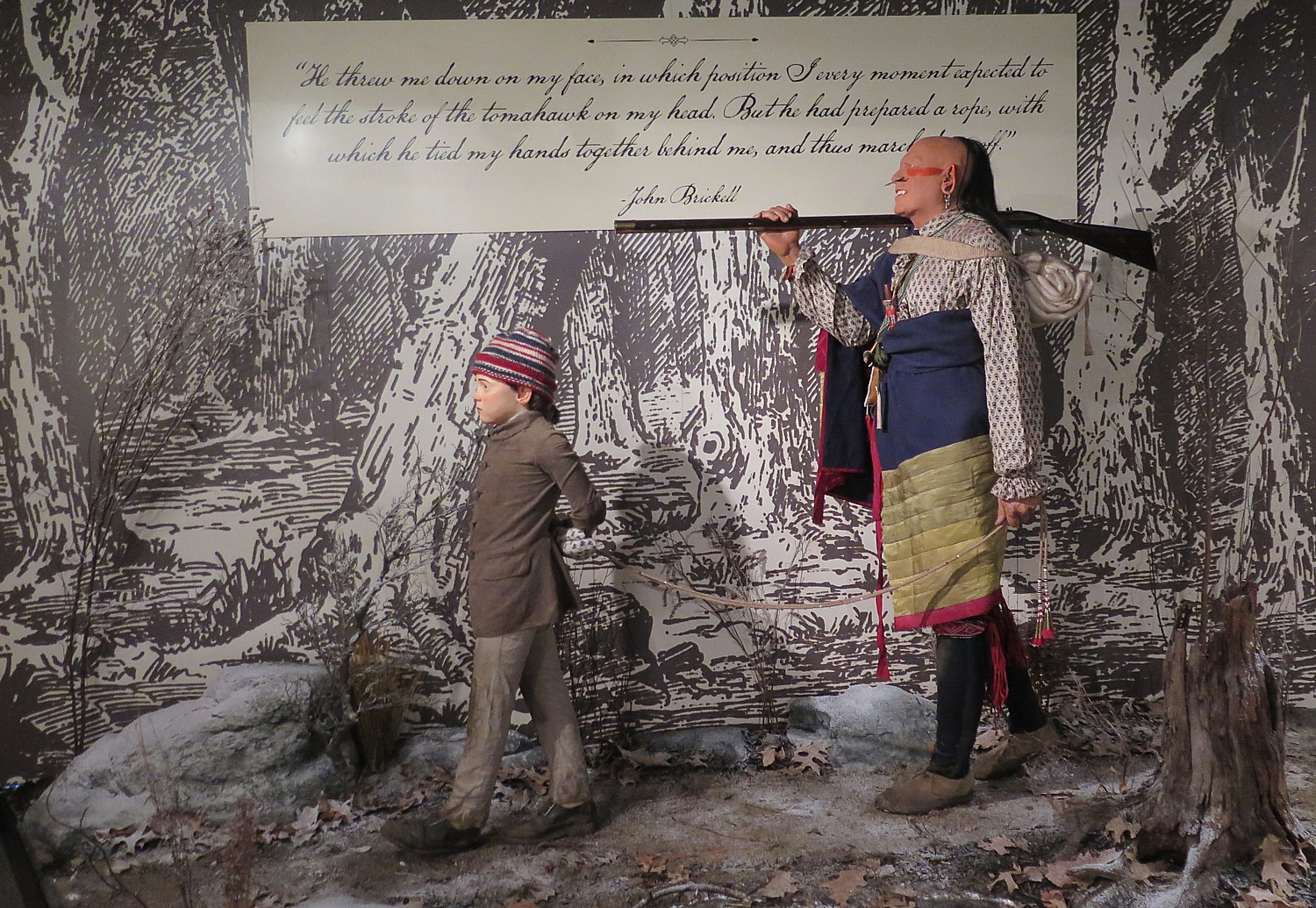
The exhibit, which does an outstanding view of making this rarely discussed history, makes it personal, presenting biographies and stories, draws upon artifacts borrowed from descendants of the captives, which make it all the more real and present:
There are personal artifacts on display that make this rarely discussed history all the more real:
- A bullet-ridden 18th century door from a cabin near Ligonier, Pa., that was attacked by Indians during the American Revolution;
- A Logan war club which was left at the site of a brutal Indian raid in southwest Virginia in 1774 which belonged to John Smith
- A rare prisoner cord, used to bind captives taken during raids on frontier settlements;
- An American Indian horn spoon given to Catharine Bard by her Delaware captors in 1758 (the owner who provided it to the exhibit is in her 90s)
- An original pencil sketch of Mary Jemison, who was captured during the French & Indian War and lived out the rest of her days among her adoptive people; and
- The hat and waistcoat of Jacob Miller, a frontier settler who was killed during a raid on Miller’s Blockhouse in Washington County in 1782.
I am amazed to learn that many of the captives preferred Indian society: Colonial society could be brutal, especially for those at the bottom (like slaves and indentured servants and poor), women were property of husband. But in native society, they had equality. “Many adopted captives lived and died among chosen people.”
At the end is a large wall of photos of people today who trace their origins to these captives.
“While many captives were returned to the society of their birth after months or years among the Indians, many others lived out the remainder of their lives with their adoptive people. Today, the descendants of captives represent a wonderfully diverse cross section of American society. In many cases they are alive today because of crucial decisions made in an instant, two centuries ago. They represent the living legacy of captivity, reminding us not only of our connection to the past, but also to the future.”
The exhibit engendered controversy when it first opened, but was so well appreciated, they extended viewing to October 2016.
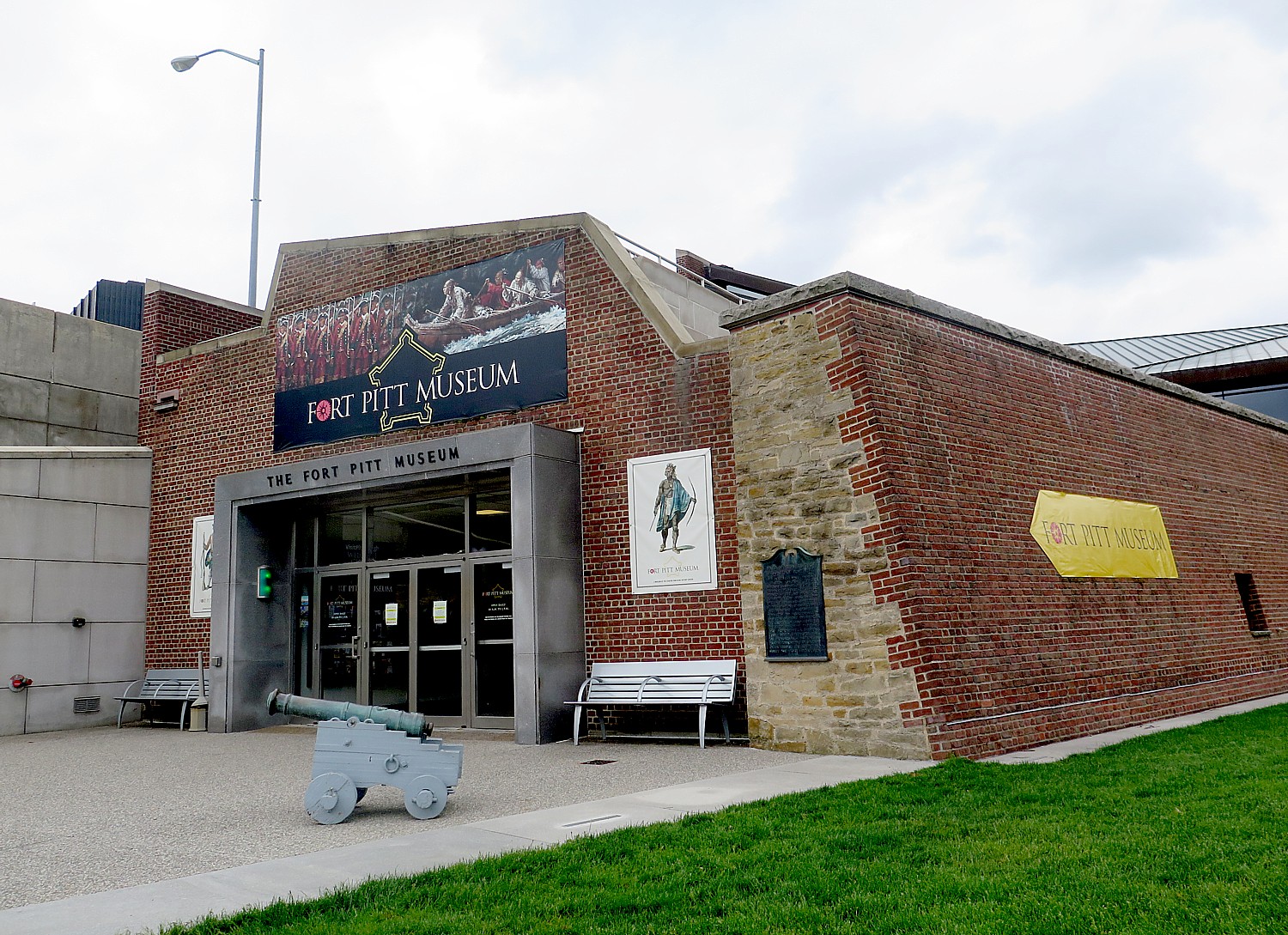
The school children now are gathered around a massive, detailed model of early Pittsburgh and the docent urges them to spot the tiny, anachronistic motorcycle (to make you more observant).
In summer, the museum offers living history programs and reenactments –with staff dressed in period costumes, firing off cannons, playing fife and drum, doing carpentry.
Fort Pitt Museum (open daily, 10 am – 5 pm, $5/adults, $4/seniors/ $3 students and children 4-17), 101 Commonwealth Place, Pittsburgh, PA, 15222, 412-281-9285, www.heinzhistorycenter.org/fort-pitt/
For more information, contact Visit Pittsburgh, 412-281-7711, 800-359-0758, 877-LOVE PGH (568-3744), info@visitpittsburgh.com, www.visitpittsburgh.com.
Next: Pittsburgh Walking Tour Continues to National Aviary, Andy Warhol Museum
See also:
One Day, Two Nights in Pittsburgh: From Grey to Green, A Proud City Revitalized
____________________
© 2016 Travel Features Syndicate, a division of Workstyles, Inc. All rights reserved. Visit goingplacesfarandnear.com and travelwritersmagazine.com/TravelFeaturesSyndicate/. Blogging at goingplacesnearandfar.wordpress.com and moralcompasstravel.info. Send comments or questions to FamTravLtr@aol.com. Tweet @TravelFeatures. ‘Like’ us at facebook.com/NewsPhotoFeatures
